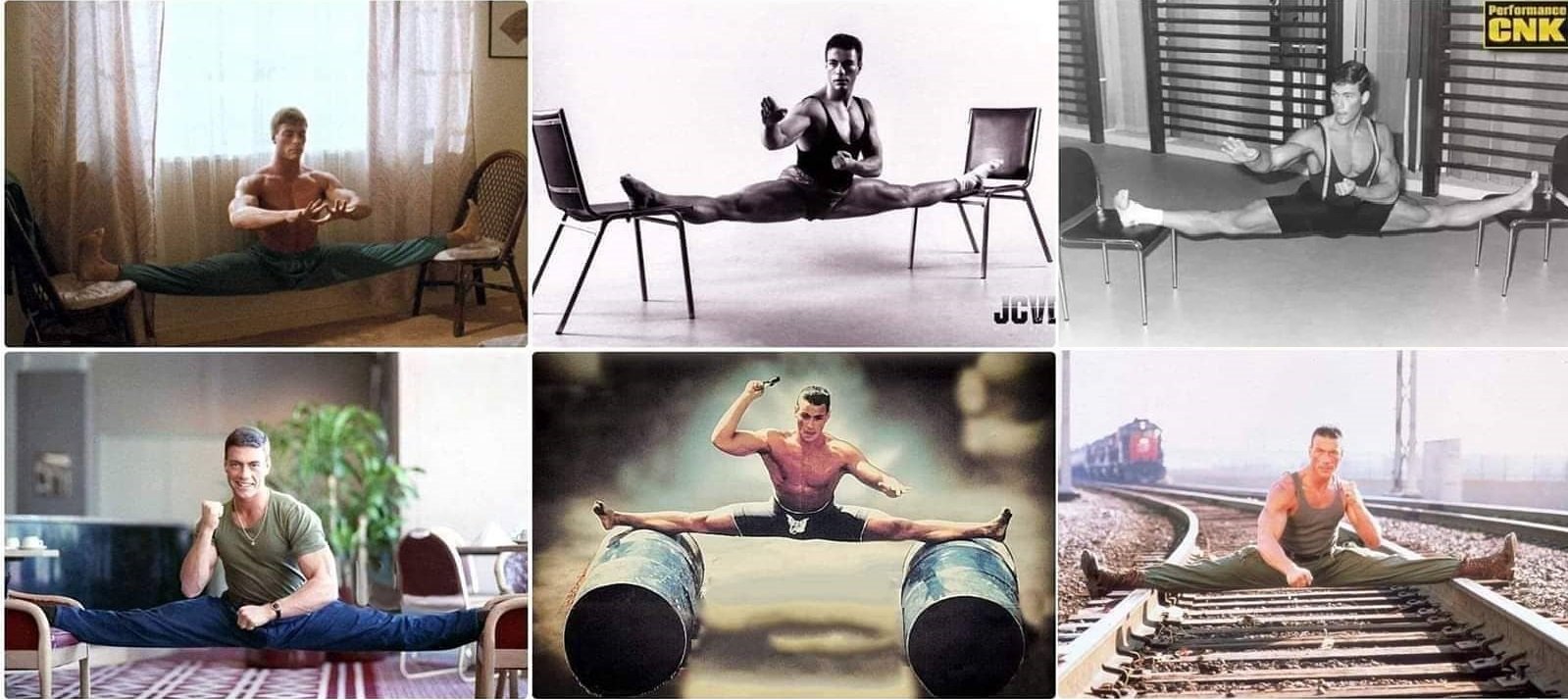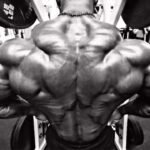One of the basic components of physical fitness, stretching seems to be the one that is most often neglected. Nobody appears to have the time or patience to keep with a regular stretching program because they are beaten and just want to hit the showers and go home by the time they finish their weight training and cardio programs.
People tend to be blind to the benefits that regular stretching can bring and to the fact that there doesn’t even have to be much time set aside. Hopefully, I will try to shed some light on some of the reasons for incorporating stretching into your exercise routine (and life), plus give you some insight as to how to stretch correctly (and incorrectly).
Why Stretching?
If you’ve ever heard of the term ‘muscle-bound,’ you would think that would be reason enough to stretch. Muscle-bound is a generic term that tends to be used for overly-muscular people who seem to have a problem moving around because of their overdeveloped muscles. There tends to be a myth surrounding this phenomenon.
It is not because one is very muscular that one cannot move around as freely as a less muscled person. It is more likely because he has lost flexibility due to weight training.
It is important to develop and maintain some sort of stretching regimen because weight training tightens muscles. You don’t have to be a muscular beast either in order to experience the tightening effects of weight training (or any type of exercise, rather). When you weight train, you incur tiny tears in your muscles. During the course of around 24-73 hours, your body works at repairing those muscle tears, resulting in muscles that are a bit larger, stronger, and tighter. Incorporating stretching into your routine will help fend away muscle tightness and even improve your flexibility (provided the stretches are done long enough and often enough).
Some other reasons to stretch include reducing muscle tension and making you feel more relaxed, preventing injuries such as muscle strains, and helping you develop more body awareness.
When To Stretch?
Your muscles are most flexible when they are warm (and fatigued). Therefore it is always best to perform any kind of stretch after some sort of initial warm-up, or even after your exercise routine altogether when the muscles are too tired to resist your attempts at stretching them.
It is also good to stretch as part of your warm up, a kind of joint-specific warm-up (for the shoulder joint, let’s say). As long as you go too far into the stretches (because the muscles are not yet warmed up, therefore they are not as pliable as they can be), stretching can be an integral part of any warm-up. Just because you’re not ‘exercising’ does not mean that you cannot stretch.
You can stretch just about any time during the course of the day. It’s the perfect type of exercise because there is absolutely no equipment required, plus you won’t need to shower afterward because you won’t even break a sweat doing it. The more you stretch throughout the day, the more limber your muscles will be, and the easier it will be to actually maintain your flexibility.
How To Stretch?
Although stretching is a very important aspect of keeping mobile and supple, there are still some misconceptions as to how stretches should be done to get maximum effectiveness without injury.
Stretching The Right Way
Stretching the right way involves getting to the point of mild tension (not pain!) and holding this position for a period of 10-30 seconds. This is what can be called an Easy stretch. This type of stretch is supposed to feel comfortable. If you stretch to the point where you feel uncomfortable or you feel pain, it is preferable to ease off a little bit in the stretch until you reach a point where you feel comfortable.
Once you’ve held the position for a bit and the tension in the muscle has diminished a bit, you can now proceed to the Developmental stretch. From the position you had maintained in the Easy stretch, move a little bit further until you again feel a slight tension in the muscle. Once again, you will hold this position for 10-30 seconds. You should be feeling the tension in the muscle diminish somewhat. Again, if you feel uncomfortable or any pain in the muscle while in the stretch, it is important to ease up a bit to the point where you feel just a mild tension.
Breathing
While stretching, it is important to maintain your breathing as naturally as possible. Do not try to hold your breath, as this will not allow you to relax and get the most out of the stretch. Keep your breathing slow and rhythmical in order to avoid any sudden jerking movement that can cause your muscles to react by suddenly tightening up. If you are bending forward to one leg, for example, it is best to exhale as you bend forward. This will enable you to go down a bit further without the restrictive feeling of not being able to breathe freely.
Stretching The Wrong Way
Stretching the wrong way involves stretching to the point of pain and/or discomfort, bouncing during the stretch, and not holding the stretch for a sufficient amount of time.
Muscles tend to react best to a stretching program when you are able to relax the muscles in question. Stretching to the point of discomfort or pain automatically means that the muscles are not relaxed and will, therefore, not be prone to stretching. In fact, you are more likely to tear your muscles when you take a stretch to that level, which will impede your flexibility even more.
When you are bouncing during a stretch, you are actually performing what is called a ballistic stretch (whereas stretching the right way, where you hold the stretch without moving, is called static stretching). Ballistic stretching has no place in a common stretching routine (excluding elite athletes who have to perform a specific ballistic movement for their sport) because each time you ‘bounce’ your muscles tend to contract instead of relaxing, which is what you would want them to do in order to stretch.
The contraction of a muscle due to ballistic stretching is due to the muscle spindle. Muscle spindles are ‘sensors’ located in the belly of the muscle, which is activated and causes a contraction whenever the muscle is being stretched too violently. On the other hand, when you perform a nice slow static stretch, there is another set of sensors called the Golgi tendon organ, located within the tendons of the muscle.
The Golgi tendon organ stops the muscle from contracting whenever the muscle is being stretched in a slow static manner. That way, you will actually be able to stretch the muscle in question properly.
PNF Stretching
Another type of stretching technique is called PNF (Proprioceptive Neuromuscular Facilitation). This type of stretching, which works best with a partner or trainer, was developed by Herman Kebat, M.D., Margaret Knott, and Dorothy Voss, two physical therapists.
What you do with PNF effectively overrides certain muscle signals that normally cause a muscle to contract so that a certain muscle may extend further than normal.
For example, when you have your leg lifted up in front of you from a lying down position, eventually you will reach a point where you feel a pulling sensation in the back of your leg. By applying PNF (either the Slow reversal-hold, contract-relax, or the hold-relax technique), which involves some form of contraction of the muscles in the back of your leg, you will momentarily be able to fatigue or ‘trick’ the muscle into relaxing so it can be stretched to a new position.
Stretching For The Jean-Claude Van Damme Split
Doing the splits, kicking, or breathing is the same for Jean Claude van Damme, the most famous Hollywood action star who was the first to combine the pleasing physical appearance (muscles) and crazy martial art techniques. He is well known for his splits and his trademark helicopter kick.
Bruce Lee, Chuck Norris, or other hong kong martial arts stars have never been seen to give such a good impression on martial arts as JCVD. I remember in the ’90s, we all wanted to do things, kicks even dancing like him.
JCVD did not become the athlete he is today by a simple chance; just to see his well-developed buttocks and legs, we realize the hard work and training he has undergone.
Jean Claude Van Damme has a youtube channel which you can discover a series of training for flexibility and bodybuilding.
Thank you, JCVD, for the inspiration





